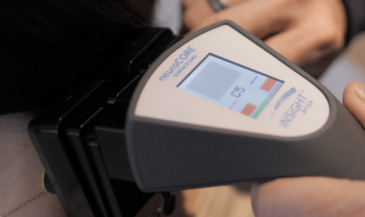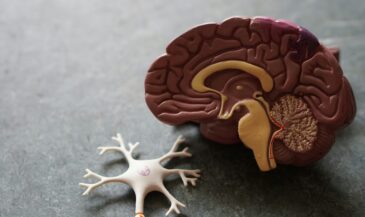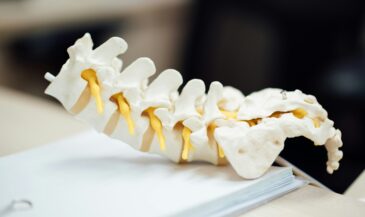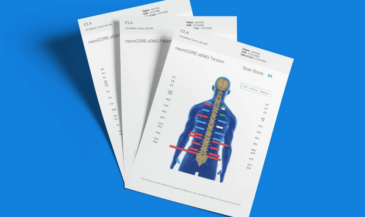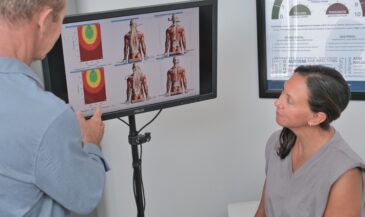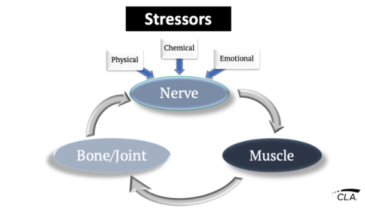Dishman [1] and Lantz [2,3] developed and popularized the five component model of the “vertebral subluxation complex” attributed to Faye [6]. However, the model was presented in a text by Flesia [4] dated 1982, while the Faye notes bear a 1983 date. The original model has five components:
1. Spinal kinesiopathology
2. Neuropathology
3. Myopathology
4. Histopathology
5. Biochemical changes
The “vertebral subluxation complex” model includes tissue specific manifestations described by Herfert [5] which include:
1. Osseous component
2. Connective tissue involvement, including disc, other ligaments, fascia, and muscles
3. The neurological component, including nerve roots and spinal cord
4. Altered biomechanics
5. Advancing complications in the innervated tissues and/or the patient’s symptoms. This is sometimes termed the “end tissue phenomenon” of the vertebral subluxation complex
Lantz [6] has since revised and expanded the “vertebral subluxation complex” model to include nine components:
1. Kinesiology
2. Neurology
3. Myology
4. Connective tissue physiology
5. Angiology
6. Inflammatory response
7. Anatomy
8. Physiology
9. Biochemistry
Lantz [6] summarized his objectives in expanding the model: “The VSC allows for every aspect of chiropractic clinical management to be integrated into a single conceptual model, a sort of ‘unified field theory’ of chiropractic…Each component can, in turn, be described in terms of precise details of anatomic, physiologic, and biochemical alterations inherent in subluxation degeneration and parallel changes involved in normalization of structure and function through adjustive procedures.” Whether this model will realize these objectives remains to be seen.
References
1. Dishman R: “Review of the literature supporting a scientific basis for the chiropractic subluxation complex.” J Manipulative Physiol Ther (1985) 8(3):163.
2. Lantz CA: “The vertebral subluxation complex part 1: introduction to the model and the kinesiological component.” Chiropractic Research Journal (1989) 1(3):23.
3. Lantz CA: “The vertebral subluxation complex part 2: neuropathological and myopathological components.” Chiropractic Research Journal (1990) 1(4):19.
4. Flesia J: “Renaissance — A Psychoepistemological Basis for the New Renaissance Intellectual.” Renaissance International, Colorado Springs, CO, 1982.
5. Herfert R: “Communicating the Vertebral Subluxation Complex.” Herfert Chiropractic Clinics, East Detroit, MI, 1986.
6. Lantz CA: “The subluxation complex.” In: Gatterman MI (ed): “Foundations of Chiropractic Subluxation.” Mosby, St. Louis, MO, 1995





